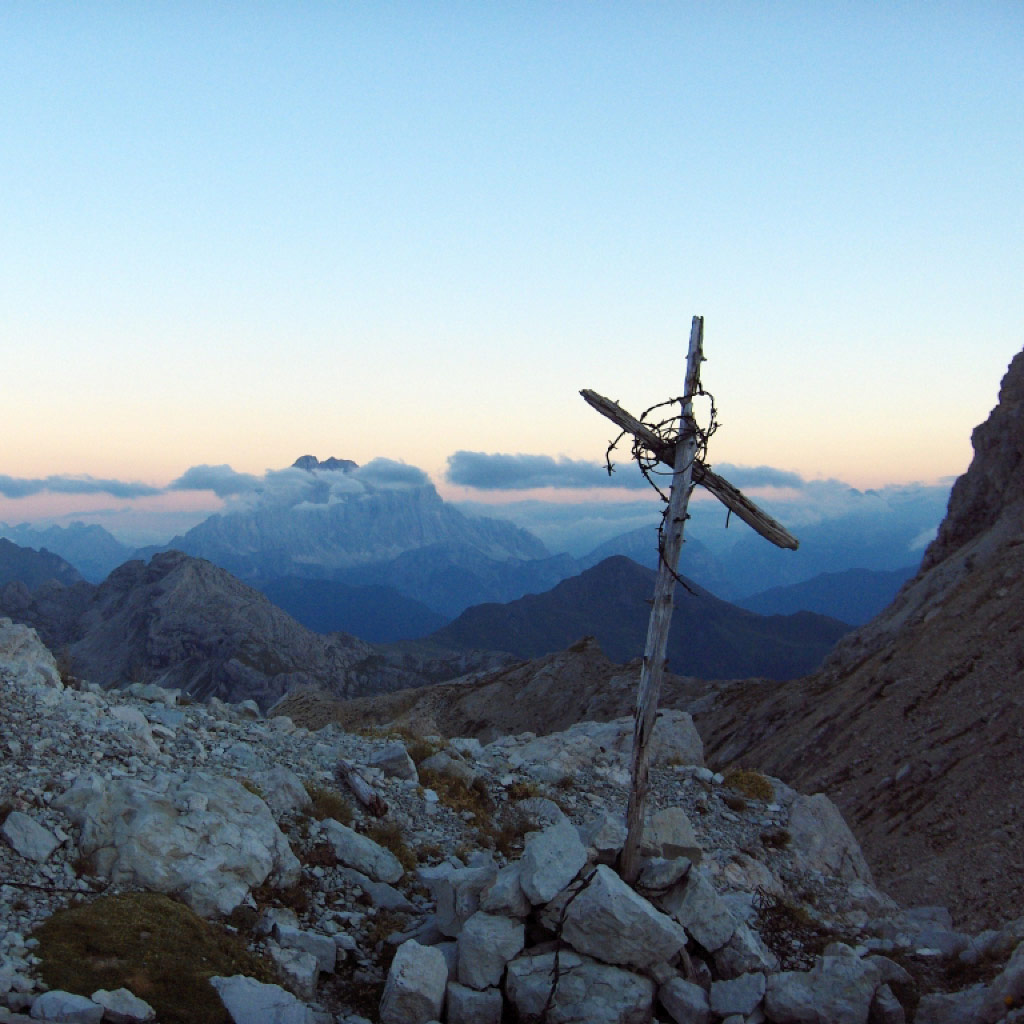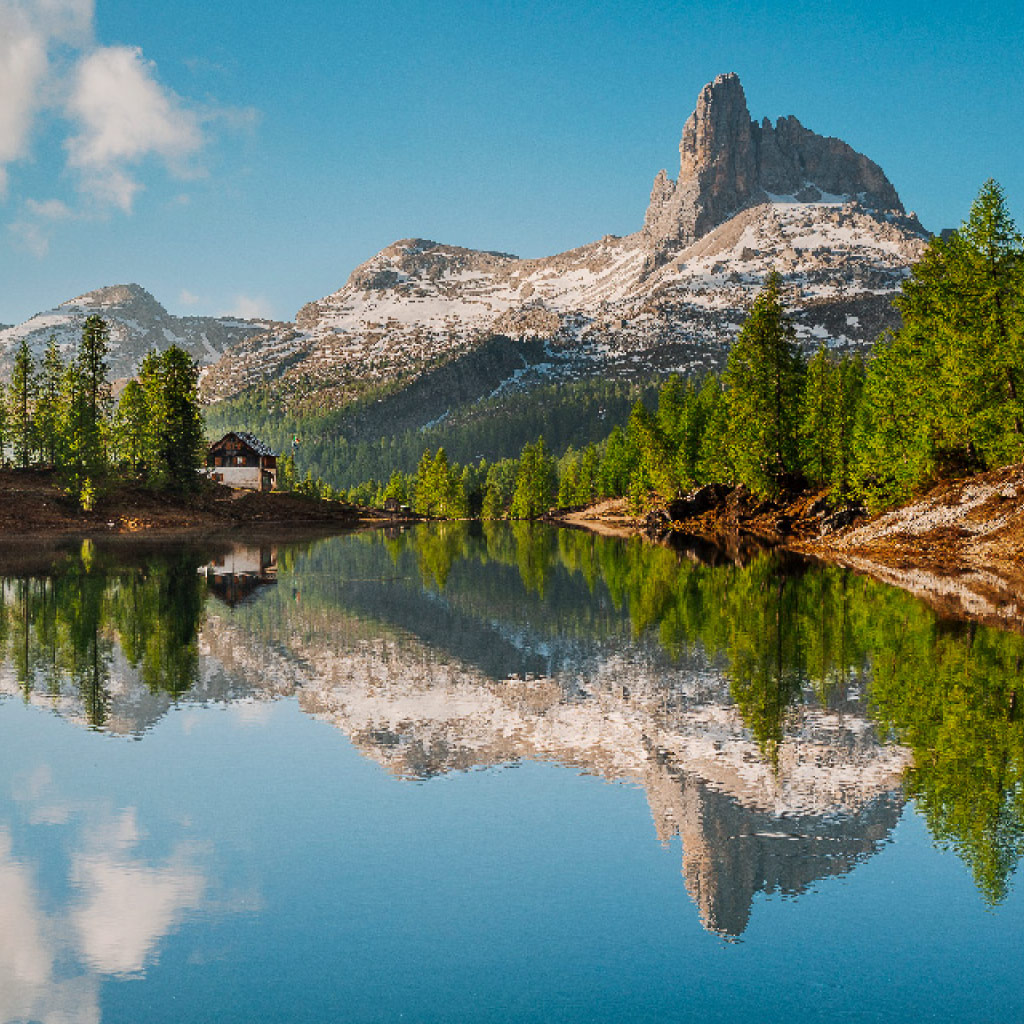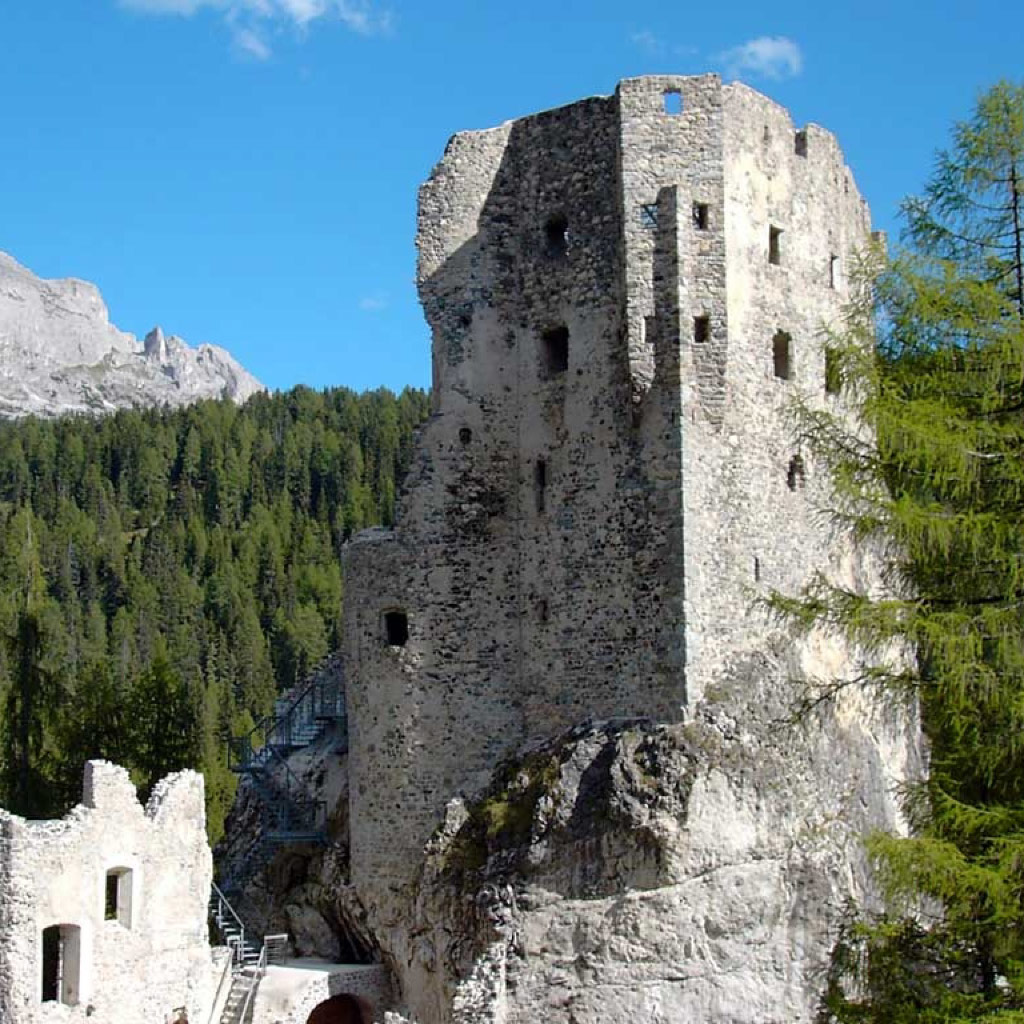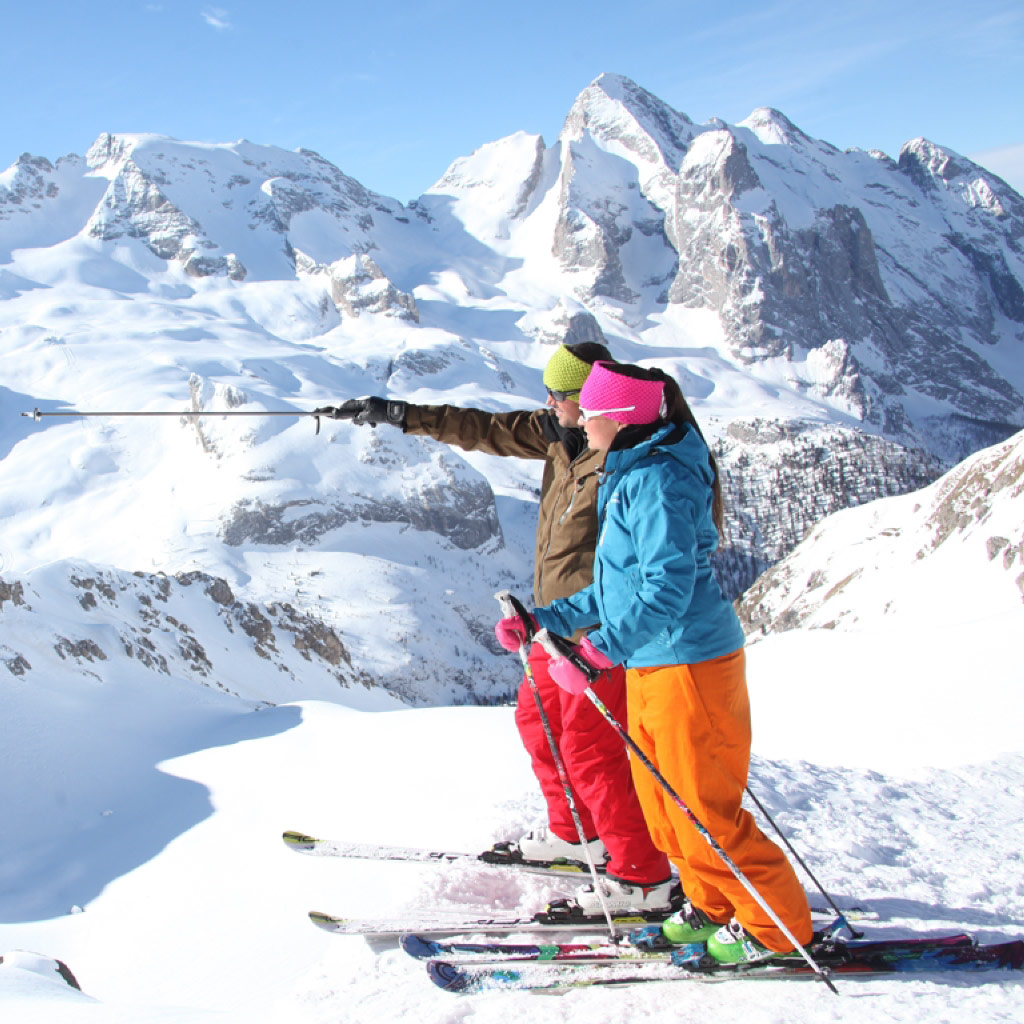The great war on the dolomites
A hundred years have passed since thousands of Italian and Austrian - Hungarian soldiers clashed on the mountains of Cortina d'Ampezzo, the Alto Agordino and the Val di Zoldo during the bloody armed conflict of the First World War.
Along the trails and ski slopes, just steps away from the lodges and rock climbing gyms in the heart of the Dolomites, you can visit the Lagazuoi war tunnels, the trenches and the open air outposts at 5 Torri, Col di Lana, Marmolada and Tofana. These places testify to the barbarism and futility of a senseless war.
However the structural remains left today “speak” the useful and civil language of awareness. The iron rail route to the trenches called Ferrata delle Trincee at Monte Padon is testimony to the cruelty of war and the suffering of man, as are the ossuaries in Salesei at Livinallongo, at Passo Pordoi and at Pocol in Cortina d’Ampezzo. The war is also commemorated at the Museo Valparola Museum with the Edelweiss village, or at the Museum in Marmolada at an altitude of 3256 m, as well as along the historic itinerary on the Col di Lana. For the centennial marking the outbreak of the First World War many commemorative events have been organized in the places that were battlefields during the Great War.

The great dolomite road
In the territory of Belluno is located large part of the 110 kilometers of the Great Dolomite Road that since 1909 crosses the mountains from Bolzano to Cortina d'Ampezzo. A legendary route with breathtaking landscapes that winds through inimitable mountain environments and scents. During the years it has become one of the most famous roads of Italy, also known as SS 48 of the Dolomites, originally designed for military purposes and then became the best inter-valley tourist link.
The route, a classic for bikers and bike lovers, is recommended at any time of the year because in each season offers different but always intense emotions. You will cross many locations and points of interest like Passo Pordoi, the town of Arabba, Pieve di Livinallongo where you will find the Museum of Customs and Traditions of the Ladin People and then continue towards Passo Falzarego where in the locality of Corte rises the Castle of Andraz, then down to Cortina d'Ampezzo.

The castle of andraz among myths and legends
The Castle of Andraz is a military fortress dating back to the Middle Ages, located in the heart of the Dolomites. Clinging to the rocky cliffs, the ancient castle is situated in the area of Arabba, close to the town of Livinallongo del Col di Lana in the Fodom Valley, near Passo Falzarego, a Dolomite mountain pass which links the areas of Cortina d'Ampezzo and Alta Badia. In fact, in the past this area was the boundary between the then Patriarchy of Aquileia (and so of the Veneto – Cadore area) and Tirol.
Today the Castle has become a Museum which aims to promote the cultural heritage of the Ladin – Dolomite area, with particular attention to the activities relating with iron mining, transportation, smelting and those activities that were controlled by the Prince Bishop of Brixen, also owner of the Castle since 1416.
The Andraz Museum, organizes several activities and events for its visitors, ranging from days immersed in nature to demonstrations of falconry or evenings during which you can admire and study the sky over the Dolomites. In addition, there are also guided tours of the Castle and of the nearby ancient Fursil mines. Recently the Castle of Andraz has opened its doors to weddings. Anyone who wishes to have a marvelous setting, can declare their faithfulness to one another in this wonderful and unforgettable location. See also "The Andraz Castle - The symbol of the Valle di Fodom"

The history of skiing in the dolomites
Once upon a time there was a wooden board which somehow came to be tied to footwear, so that one could more easily glide on the snow. That processed wood was essential to man in order to get around and to survive the winter. The first traces of skiing can be found in Northern Europe and date back to 2500 B.C. Over the years, that first “means of transport” has evolved; that “board” was the precursor for the modern skis in use today. The word ski comes from the ancient Norwegian words “saa” and “suk”, which were the words used to refer to that particular piece of wood. The Norwegians were also the first people to use skis as a means of fun on the snow.
In Italy the first skiers only appeared at the end of the 18th century, and the first Ski Club was established in Cortina d’Ampezzo in 1903, with the name "Club Sportivo Ampezzo". Nowadays skiing, whether downhill or cross country, has become the most significant tourist attraction in the Dolomites. Thousands of snow lovers from all over the world come to enjoy the ski resorts of Cortina, Arabba - Marmolada, San Pellegrino and Civetta.
